Lessons in cultural competence from Mango House

AURORA, Colo. — Dr. P.J. Parmar stands in a parking lot on East Colfax under Mango House’s freshly painted mural. He squints against the sun as he shows off the abundance of greenery he planted himself, trees and flowers blossoming victoriously through metal cages.
Gardening is probably not the first thing you picture a primary care physician doing at their place of work, but Mango House is far more than an office to Parmar and those he serves.
In addition to medical services, Mango House includes tenant spaces for the refugees and asylees to use, including dozens of shops, seven restaurants, and about 15 spaces for meetings, events and religious gatherings.
Parmar is of Indian descent. He said his family was on the privileged side of immigration.
“In my observation, immigrants follow a bit of a bimodal distribution. You have those who are better off and those who are worse off. That's by design,” he explained. “Our country gives certain types of visas to workers from certain backgrounds and attracts those talents from other countries. And the other countries get what's called a ‘brain drain,’ and that's probably my family's story.”
Parmar shared that on the flip side of that are the refugees, asylees and undocumented people — populations he was determined to use his privilege and medical expertise to help. But he didn’t want to limit his services to medicine - partially, he said, due to an aversion to boredom.
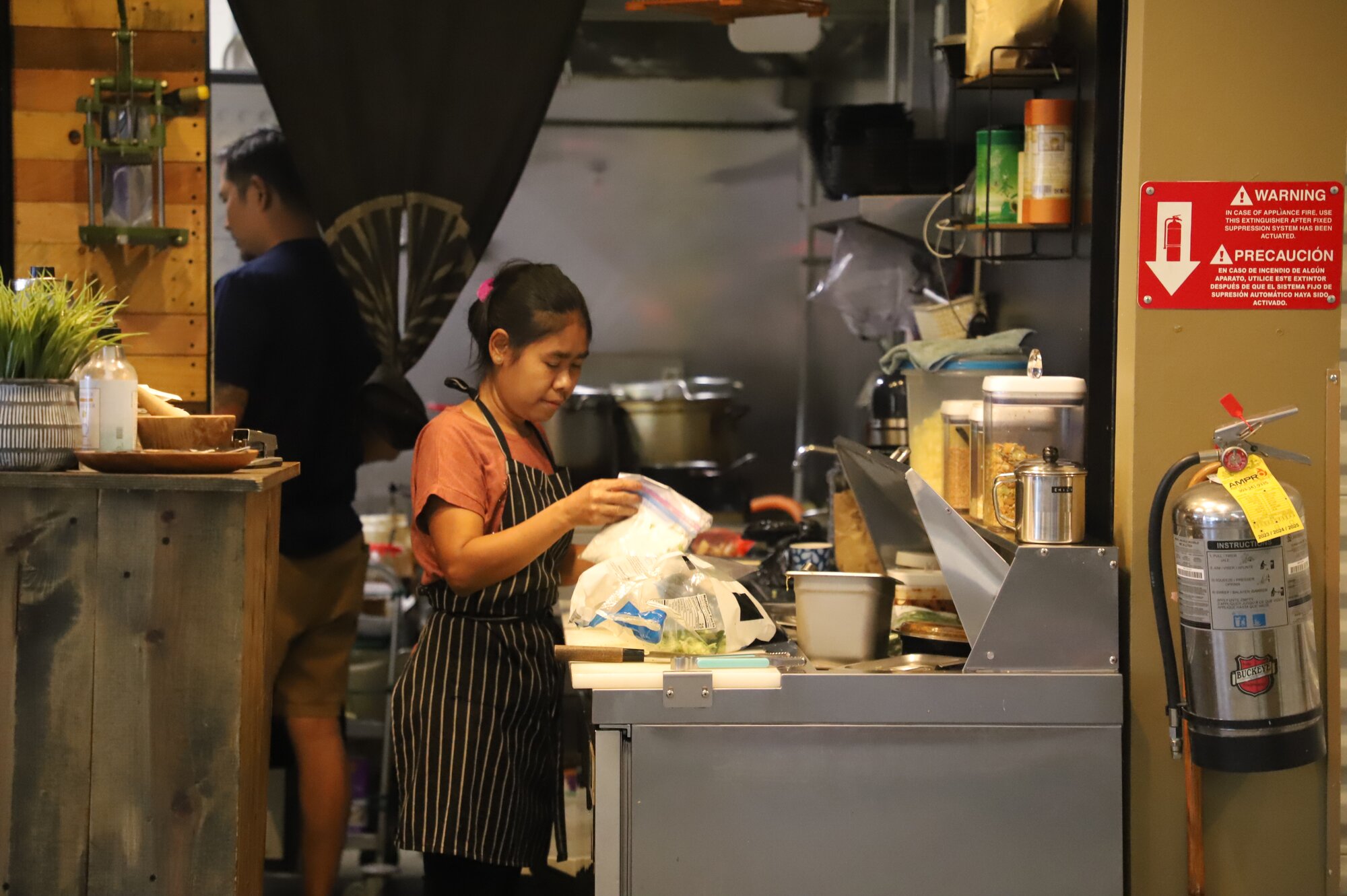
Burmese restaurant Urban Burma prepares for customers.
“You're going to family medicine because you like doing a little bit of everything. You don't want to just do one body system or one gender or one age group,” he said.
With the help of others in the community, including a talented pharmacist from Ethiopia and a driven dental hygienist, Parmar was able to expand his medical services. And thanks to his purchase of a building that was once a JCPenney, he had plenty of space for other opportunities.
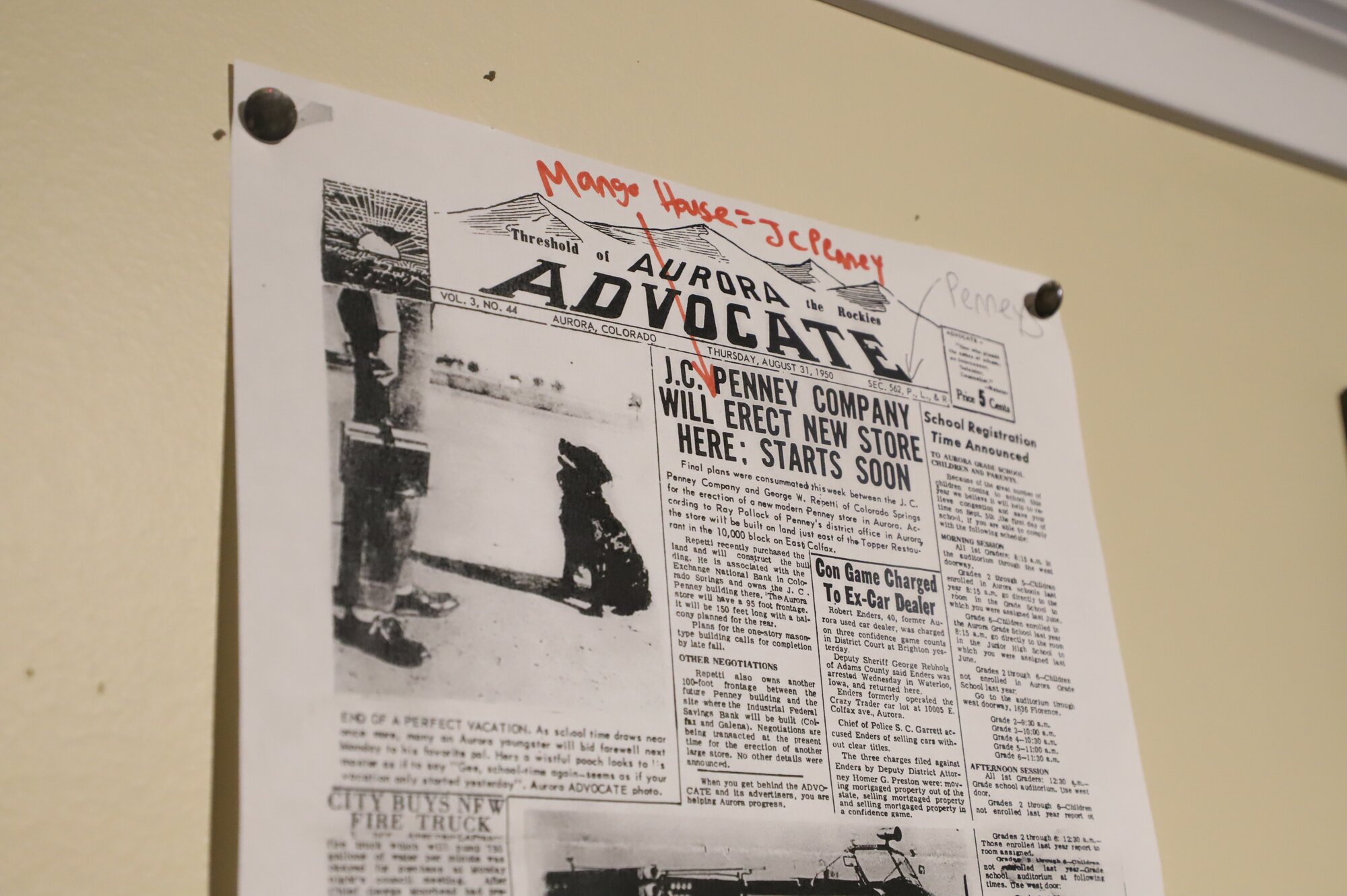
Copy of an issue of "Aurora Advocate" highlighting the history of the Mango House building.
Demonstrating cultural competence
At Mango House, Parmar has a unique glimpse into the lives of refugees from many different countries, and in addition to medical practices, business ownership, conflict resolution and gardening, he has become an expert in cultural competence.
Cultural competence holds various definitions depending on the environment, but overall the term refers to a set of values that allows someone to operate in cross-cultural settings through education, understanding and respect.
It is a phrase commonly used in conversations around diversity, equity and inclusion. But what does it look like in practice?
Ensuring autonomy
Some might assume that due to the ethos of Mango House, it must be a nonprofit. But Parmar runs a for-profit medical office and was very intentional in doing so.
“That simply allows me to think and move much quicker,” he said. “Nonprofits have boards, you have to ask a lot of people and those checks and balances are put in there for a reason. But the opposite of that, is innovation.”
Parmar said that this autonomy helps various elements of Mango House function more smoothly. Business owners are motivated by their own decisions and mistakes, and patients receive care catered to them. “We try to focus on the patients and the ways we know that work best, because often the foundations don't know that,” he shared.
Addressing the universal culture of poverty
According to Parmar, an important element to cultural competence is the realization that “culture” is not limited to heritage.
“A lot of people don't realize what I do is deal with the culture of poverty, which is not a refugee-specific thing,” he said. “We have plenty of it with people who are born in the United States and have been here their whole lives, and there's plenty of it around the world.”
Understanding the culture of poverty comes with a thorough grasp on the way poverty affects people’s day-to-day lives.
“Some do not have a reliable cell phone, or a reliable car. Or maybe they come from backgrounds where they're not taught some of the same manners in the same ways because they didn't have as much hope when they were growing up.”
In order to address the throughline of poverty, Parmar first examined his business model.
Gaining a thorough understanding of these barriers allowed Parmar to make the clinic more accessible. At Mango House, this starts with a walk-in only model.
“If you don't have to call for an appointment, you don't need a phone, you don't have to worry about what time the number 15 bus is going to get here on Colfax.” he explained.
Parmar highlighted that the "walk-in only" model is usually limited to hospitals and urgent care facilities. But by providing the model in a primary care facility, it increases the use of preventative care, saving patients (and taxpayers) money.
Another financial barrier Mango House addresses is affordability. Parmar accepts Medicaid, which is something not all doctors adhere to. He said the lack of Medicaid practitioners is partially due to the fact Medicaid and Medicare pay doctors about a third less than many insurance companies.
However, he said, sometimes the difference in pay is offset by the reliability of Medicaid compared to other forms of insurance, as navigating insurance can be complicated for both patients and doctors.

Mango House does not require residency documents, another barrier to care many face.
“You never know whether you're going to get paid that amount. With Medicaid, you actually do get paid. So it's a misconception that a lot of doctors have.”
Parmar also highlighted that there is a stigma that comes with Medicaid that some doctors prefer to avoid.
“They come in with language barriers, cultural barriers or other. We call them social determinants of health,” he shared. “They might have housing needs or food needs - unpredictable reasons why they cannot follow your instructions as a doctor that makes them a more challenging patient, rather than in a richer neighborhood where you just say, ‘take this medicine, see you in two weeks.’”
Even if a doctor does accept Medicaid, Parmar said, it can result in longer wait times for treatment.
The power of representation
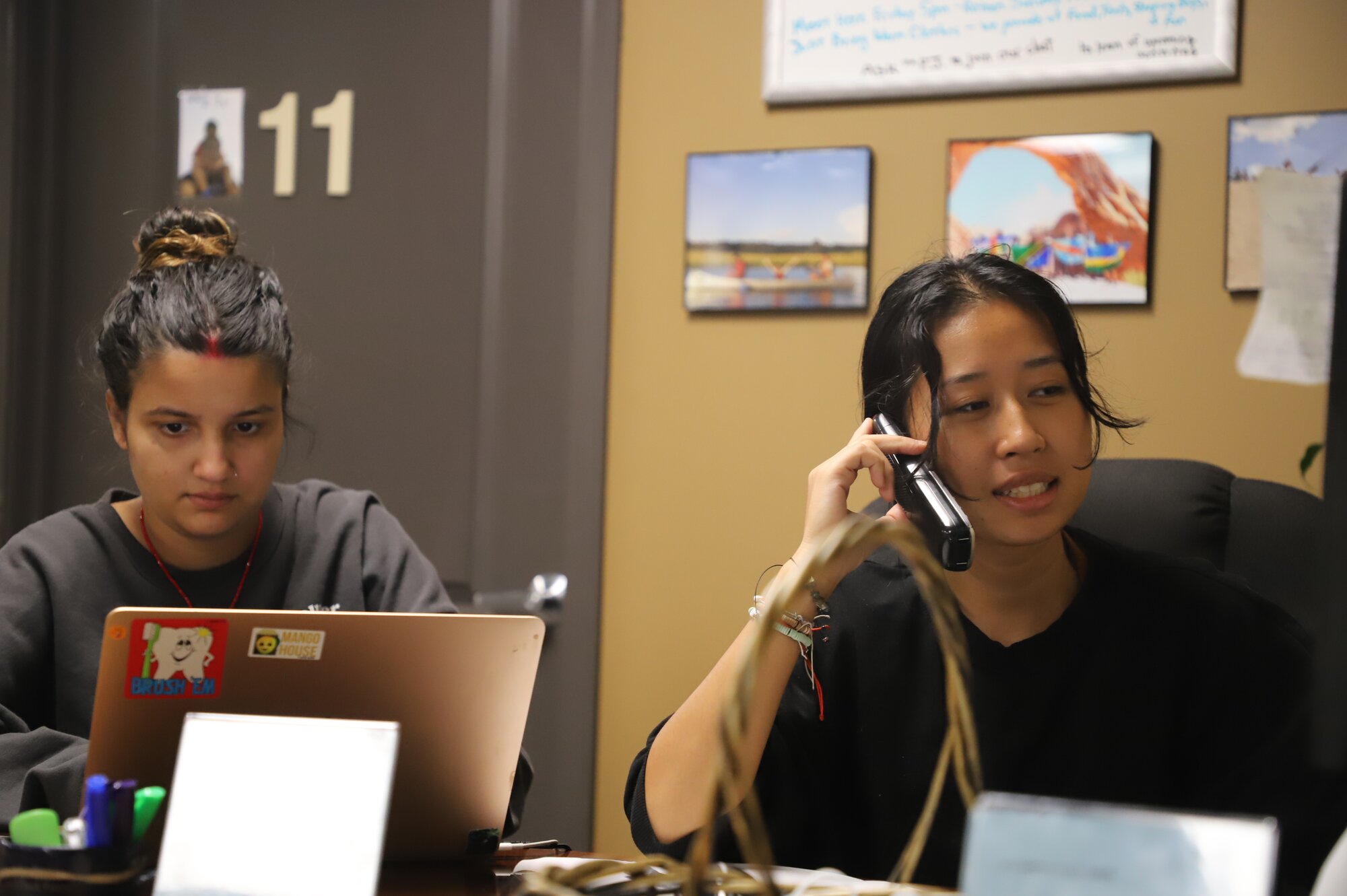
Medical office employees help walk-in patients get checked in.
Having staff hailing from the various cultures the office serves also allows for medical issues to be specified to a patient’s background.
“We know the communities very well. We we know their groceries, their pastors, their daycare leaders. We just know what makes them tick,” said Parmar. “I know the Somalis eat pasta. I know the Congolese eat fufu. The Ethiopian eat injera, the Burmese and Nepali eat rice. I know what's causing their diabetes.”
A side effect of this in-depth knowledge of his patients’ communities, Parmar said, is joy.
“You really get to know them, where you sponsor their cricket team, where you shop at their grocery stores, where you attend their funerals," he mused. “This all becomes part of family, and that becomes your joy.”
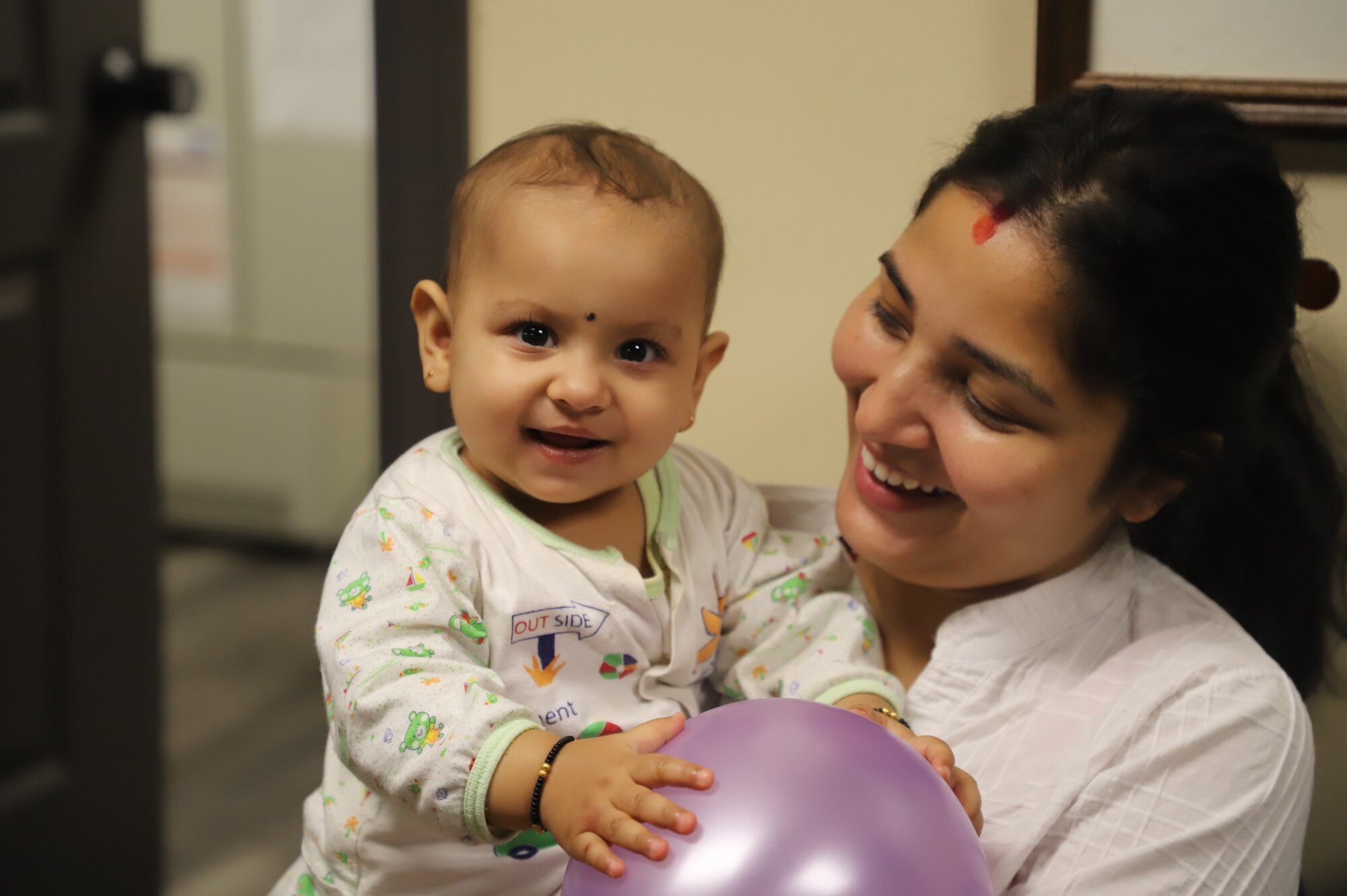
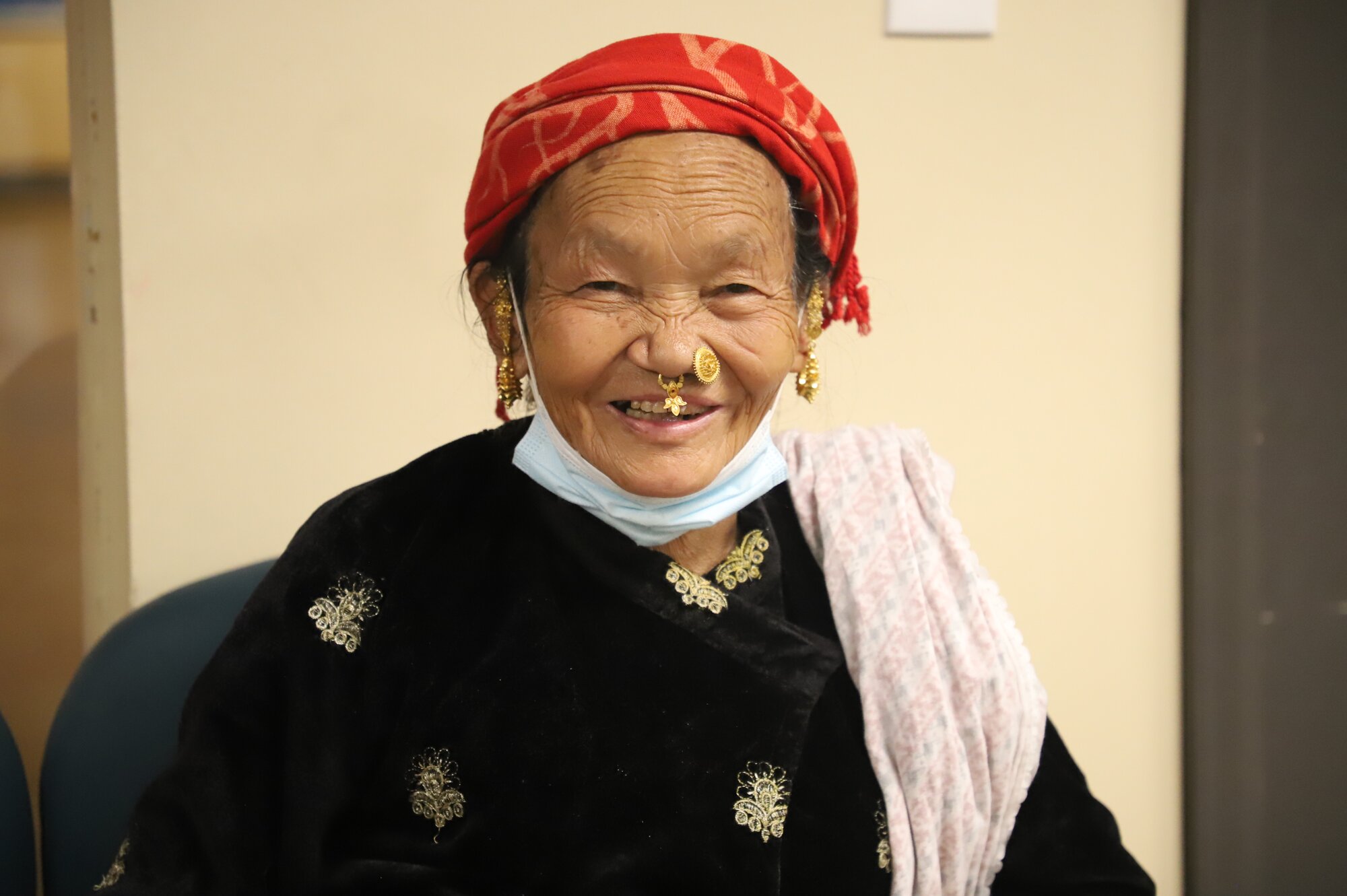
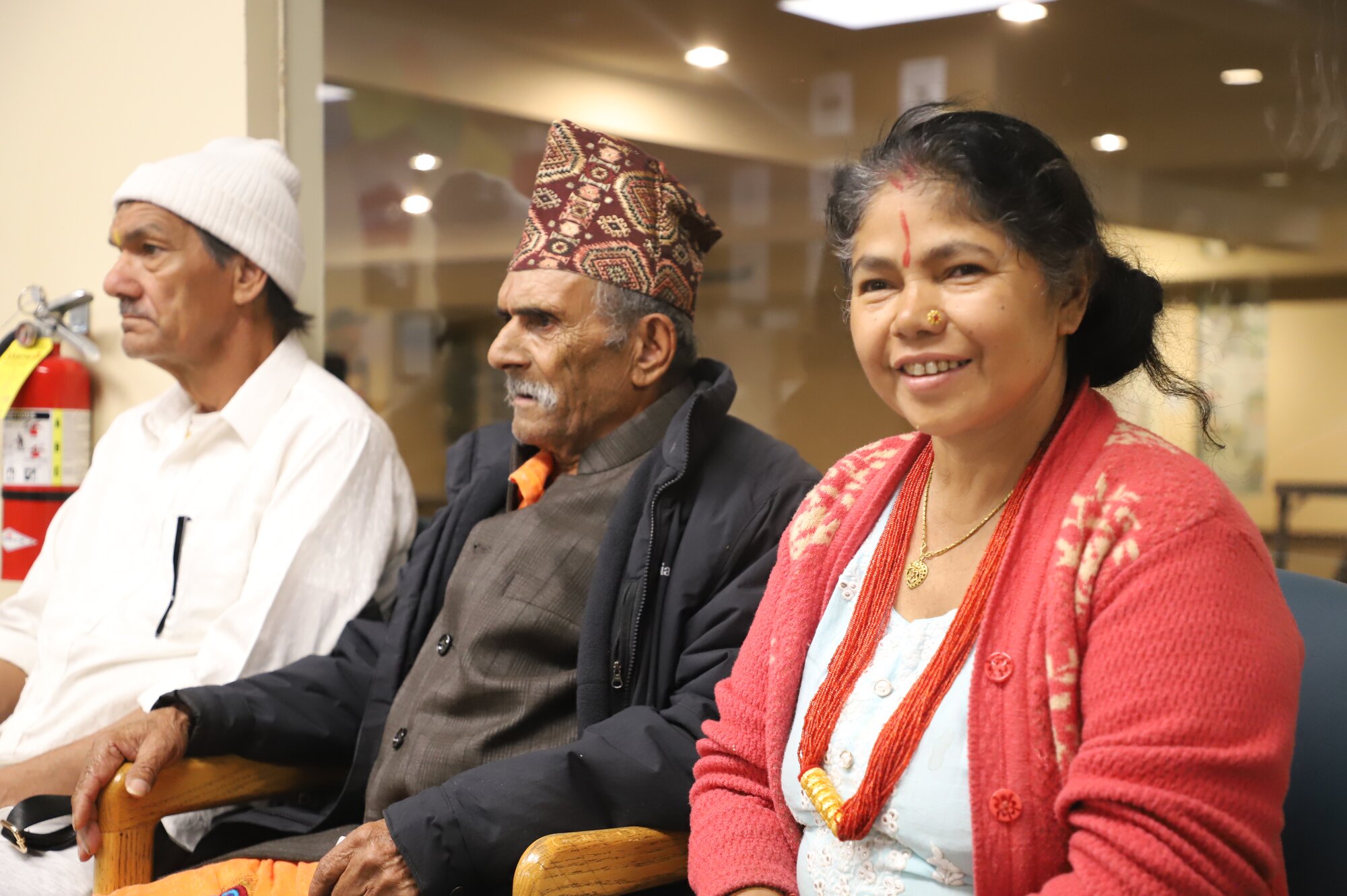
Practicing cultural competence in everyday lives
Parmar explained that cultural competence starts with an individual’s willingness to be uncomfortable in new situations. This could be shopping at a grocery store run by people from another country, taking a new bus route, even considering a move to a different side of town.
“Inevitably when you do that, you're going to feel a little bit uncomfortable, whether it's because you feel less safe or you feel like you stick out,” Parmar shared, “That's the whole point. If you're trying to increase your cultural competence, you're probably not going to feel comfortable in that area. You're going to be suddenly the opposite demographic, the minority.”
People can also exercise cultural competence through acts of service.
According to Parmar, many well-intentioned people are inspired by the mission of Mango House and want to give back, oftentimes with small financial contributions or by donating items.
Despite the fact that Mango House isn’t equipped to accept donations, Parmar uses these opportunities to encourage others to dream bigger when it comes to contributions by using their unique skills and talents instead of their checkbooks.
“Many folks come from very professional, talented backgrounds, and they reach places in their careers where they could be doing that for other people,” he said.
Beyond that, Parmar said people who truly want to help should consider adjustments in their own lifestyles in order to allow the freedom to make a greater impact.
“If someone wants to very specifically help refugee populations, there's plenty of nonprofits. They can give to. But I'd like to take a step beyond that and encourage folks to just look at their life more broadly,” he shared, “It often ties into lifestyle decisions that are tying them down, and preventing them from doing good for others. When one goes about it intentionally looking at these things over some period of time, they can create ways where their life does have much more meaning.”
Elle Naef is multimedia producer at Rocky Mountain PBS. You can reach her at ellenaef@rmpbs.org.
William Peterson is a senior photojournalist at Rocky Mountain PBS. You can reach him at williampeterson@rmpbs.org.
